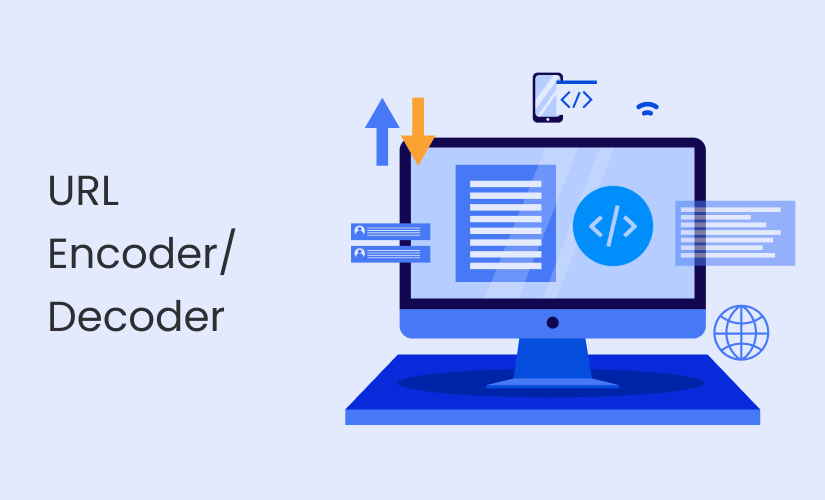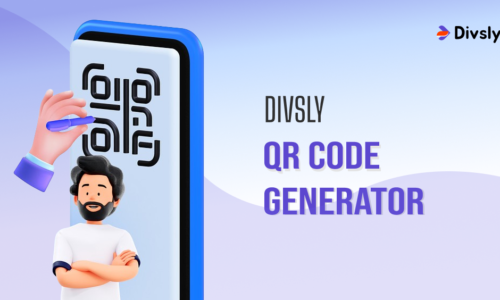Introduction
In the vast realm of web development, URL encoding and decoding play a crucial role in ensuring that special characters in web addresses are handled correctly. These processes are essential for passing data securely and efficiently between a user’s browser and a web server. In this comprehensive guide, we will delve into the intricacies of URL encoding and decoding and understand their significance in the web world.

URL Encoding: What Is It?
URL encoding is a method used to represent special characters and non-ASCII characters within a Uniform Resource Locator (URL). Since URLs can only contain specific alphanumeric characters and a few symbols, any character outside this limited set must be converted to a percent-encoded representation. For instance, spaces are encoded as “%20,” and special characters like “&” and “=” become “%26” and “%3D,” respectively. This ensures that the URL remains valid and compliant with the HTTP specifications.
The Importance of URL Encoding
URL encoding is crucial for handling user-generated data and form submissions. When users enter information into web forms, such as search queries or login credentials, these data need to be encoded before being added to the URL. This prevents issues arising from spaces or special characters in the data, which could otherwise lead to broken links and errors when processing the request.
URL Decoding: The Reverse Process
On the other end of the spectrum, URL decoding is the process of converting percent-encoded characters back to their original form. When a web server receives a request, it needs to decode the URL to retrieve the data accurately and process it correctly. URL decoding ensures that data is accurately interpreted and presented to the server, allowing for seamless interactions between the user and the web application.
Handling Special Characters in Web Addresses
URL encoding and decoding are not limited to just form submissions. They are essential for handling dynamic and user-generated content in web addresses, like query parameters and path segments. Imagine a URL that includes a person’s name or a product title with spaces or special characters; without proper encoding, the URL becomes invalid. URL encoding allows developers to handle such situations gracefully and ensure smooth navigation for users.
URL Encoder/Decoder Tools and Libraries
Fortunately, developers don’t have to manually encode or decode URLs. There are numerous programming language-specific URL Encoder/Decoder tools and libraries available to handle these tasks effortlessly. Languages like JavaScript, Python, PHP, and Java offer built-in functions for URL encoding and decoding, making it easy for developers to implement these processes in their web applications.
Conclusion
In conclusion, understanding URL encoding and decoding is vital for web developers and ensures that data is transmitted accurately and securely between users and web servers. By mastering these techniques, developers can create robust web applications that handle special characters in web addresses with ease, providing a seamless user experience on the internet.




